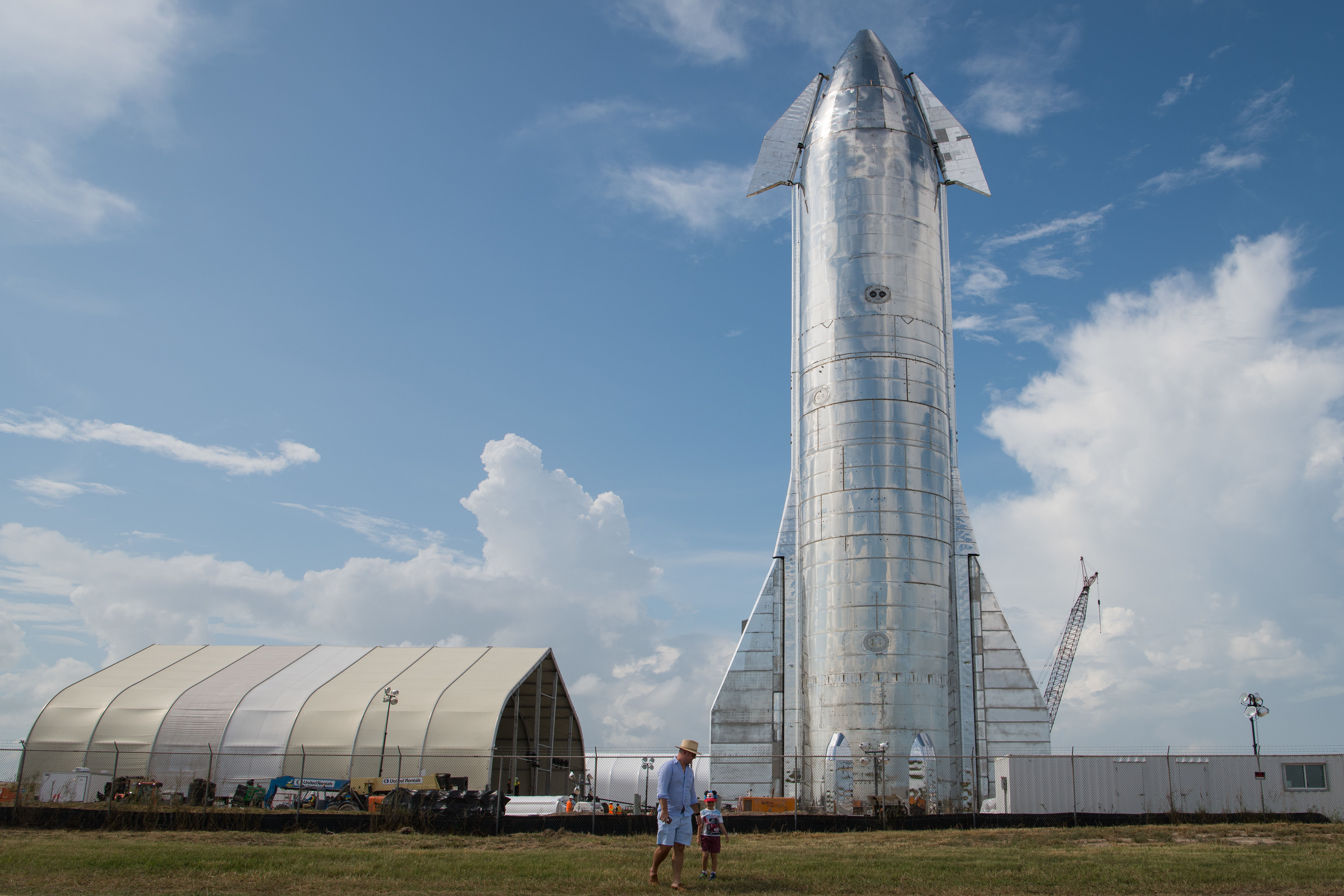Create a free profile to get unlimited access to exclusive videos, sweepstakes, and more!
Touchdown! SpaceX Starship makes first successful landing (that doesn’t end with a bang)

It’s taken several attempts...and more than one destroyed prototype. But SpaceX has finally pulled off a feat that’s been deviling its Starship program for months: ending a test flight of its gleaming multi-use spacecraft without having to call out the fire brigade.
Earlier today, SpaceX Starship prototype SN15 took off and landed in an uncrewed test flight at the company’s Starbase facility in Boca Chica, Texas. When it came time to actually stick the landing, the prototype settled gently back on terra firma with nary an explosion to be heard. It’s the first time a Starship vessel has made it all the way through a test flight without either crash-landing or exploding (as it did in March) mere moments after touchdown, and it was enough to elicit at least a quick Twitter reaction from SpaceX founder Elon Musk.
You can check out the successful landing around the 11:30 mark in the official archived SpaceX test feed below:
Even with everything all in one piece, the SN15 sputtered with a small fire emanating from its base for a few minutes after it had safely settled back on Earth. But fortunately, the fire remained contained, handing SpaceX its elusive first Starship test launch that’s managed to keep the prototype vessel intact through the full cycle.
The Starship program has already seen three previous prototypes go up in flames after high-altitude tests that — on top of the Earthbound theatrics that plagued earlier ground-based testing — the company deemed successful. Like previous tests, today’s launch put the prototype through a series of maneuvers intended to demonstrate Starship’s ability to achieve heights reaching 10 kilometers, while conducting alternate thrusts of its trio of Raptor engines to perform horizontal “flip” maneuvers on its controlled descent.
Presumably, upgrades that set SN15 apart from its ill-fated predecessors contributed to the success of today’s full-cycle launch-landing sequence. While nothing was announced specifically for this launch, SpaceX has noted at the program's website that it sent SN15 into the skies with “vehicle improvements across structures, avionics, and software,” alongside “engines that will allow more speed and efficiency throughout production and flight: specifically, a new enhanced avionics suite, updated propellant architecture in the aft skirt, and a new Raptor engine design and configuration.”
In the long run, tweaking those kinds of details won’t just be about executing drama-free test flights; they’ll be aimed at sending varied, reusable Starship configurations into near-Earth orbit (and beyond) for both crewed and uncrewed missions tailored to meet different goals. In addition to providing payload deployments for equipment to supply NASA’s ambitious Artemis Moon program, Starship is also the cornerstone vessel in SpaceX’s long-term mission to launch humanity’s first crewed deep-space flight to Mars.


























